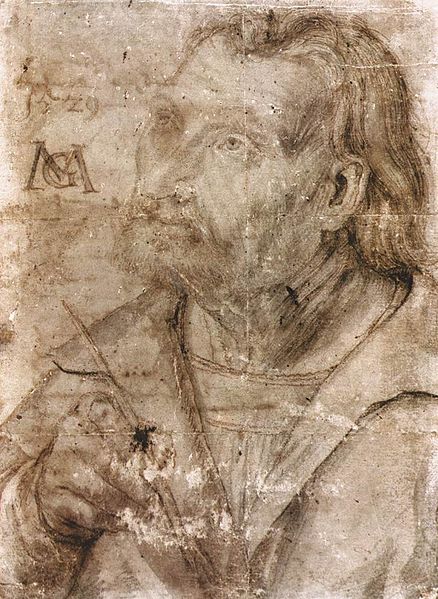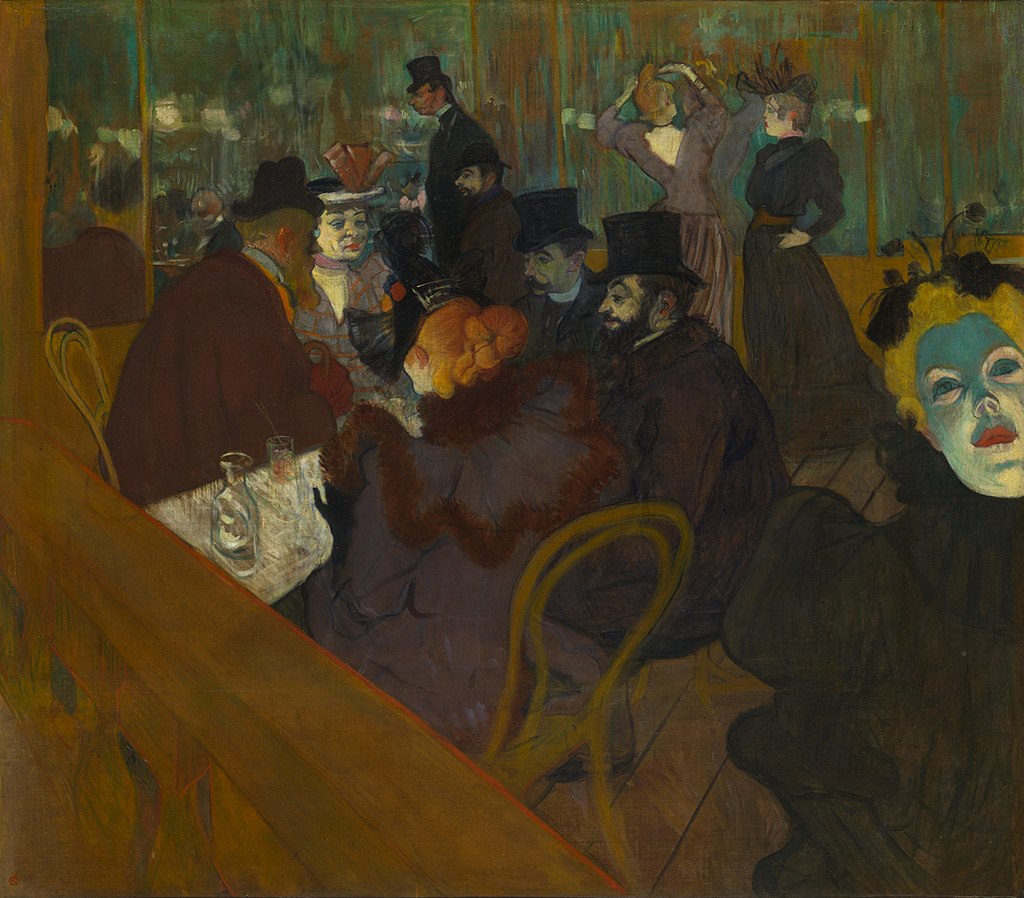| This is my post from this week's Tuesday Blog. |
This week’s Tuesday post is another in our ongoing series Once Upon the Internet with three works taken from the Italian public domain music site LiberMusica. The common thread shared by the three works featured this week is French ballet music, emanating from two different eras.
André Ernest Modeste Grétry was a Belgian composer from the Prince-Bishopric of Liège, who worked from 1767 onwards in France and took French nationality. Staged during the French Revolution, his one-act opera La rosière républicaine lampoons of the well-established practice of entrusting religious authorities with the organization of "public holidays." We see a church transformed into a republican feast, replacing the “dismal emblems” by “the attributes of virtue and reason”, and the clergy become good republicans. The final ballet – featured here - (whose background is "too light to be seriously judged") was greatly appreciated.
The final two ballet suites are taken from two large classical ballets by Léo Delibes. Dr. Coppélius has made a life-size dancing doll. Coppélia is so lifelike that Franz, a village youth, becomes infatuated with it and sets aside his heart's true desire, Swanhilda. She shows him his folly by dressing as the doll, pretending to make it come to life and ultimately saving him from an untimely end at the hands of the inventor.
Sylvia's origins are in Tasso's 1573 play Aminta, which provides the basic plot of Delibes' work; Boy loves girl, girl captured by bad man, girl restored to boy by god.
Happy listening!
André-Modeste GRETRY (1741 – 1813)
La rosière républicaine, ou La fête de la vertu (1794)
Ballet suite
Orchestre de la Société Philarmonique de Paris
Roger Désormière, conducting
Le Chant Du Monde – LDY-8124
Discogs - https://www.discogs.com/release/9256...8re-La-Rosiere
LiberMusica - https://www.liberliber.it/online/aut...ite-de-ballet/
Léo DELIBES (1836-1891)
(*) Coppélia (suite from the ballet, 1883)
(**) Sylvia (suite from the ballet, 1880)
RIAS Symphonie-Orchester Berlin
Anatole Fistoular (*) and Georges Sebastian (**), conducting
Remington – R-199-208
Discogs - https://www.discogs.com/release/1653...llet-Sylvia-Su
LiberMusica - https://www.liberliber.it/online/aut...-dal-balletto/ (*), https://www.liberliber.it/online/aut...-dal-balletto/ (**)
Archive Page - https://archive.org/details/09-sylvia-suite-dal-balletto-04.

:format(jpeg):mode_rgb():quality(90)/discogs-images/R-9256374-1477478101-5377.jpeg.jpg)
:format(jpeg):mode_rgb():quality(90)/discogs-images/R-16533186-1608326657-9817.jpeg.jpg)





.jpg/1920px-Arnold_B%C3%B6cklin_-_Die_Toteninsel_III_(Alte_Nationalgalerie%2C_Berlin).jpg)
:format(jpeg):mode_rgb():quality(90)/discogs-images/R-6913989-1494388231-3512.jpeg.jpg)